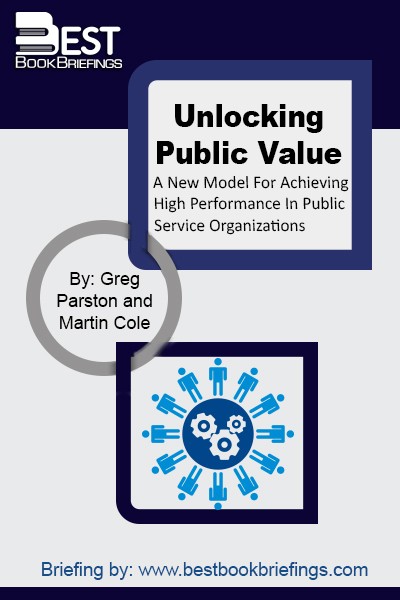Unlocking Public Value
A New Model For Achieving High Performance In Public Service Organizations
Editorial Review
In Unlocking Public Value, Marty Cole and Greg Parston offer public services practitioners a unique tool to help them capture the mix of goals or outcomes, some reflecting local, some global, concerns, and measure performance in attaining these outcomes. Providing a framework and step-by-step process for defining these outcomes is one of the key achievements of the book. Since nearly all meaningful outcomes come at a cost to taxpayers, the measuring of outcomes occurs in the context of tracking not just costs, but cost-effectiveness as well.
Books on Related Topics
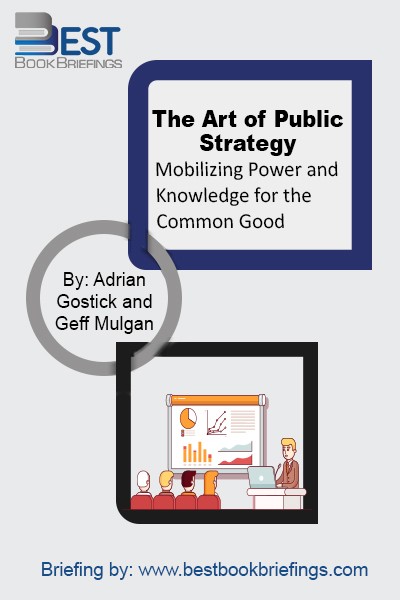
The strategies adopted by governments and public officials can have dramatic effects on people’ live. Packed with examples, and shaped by the author’s practical experience, the book shows that governments which give more weight to the long-term are not only more likely to leave their citizens richer, healthier, and safer; they’re
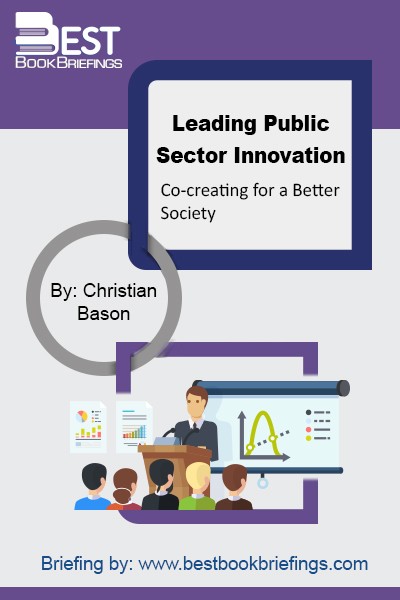
In a time of unprecedented turbulence, how can public sector organisations increase their ability to find innovative solutions to society's problems? Leading Public Sector Innovation shows how government agencies can use co-creation to overcome barriers and deliver more value, at lower cost, to citizens and business. Through inspiring global case studies
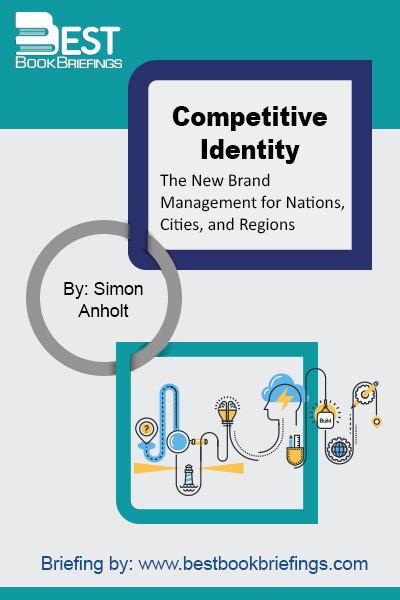
In such a busy and crowded marketplace, most people and organizations don’t have time to learn about what other places are really like. When you haven’t got time to read a book, you judge it by its cover. We all navigate through the complexity of the modern world armed with a
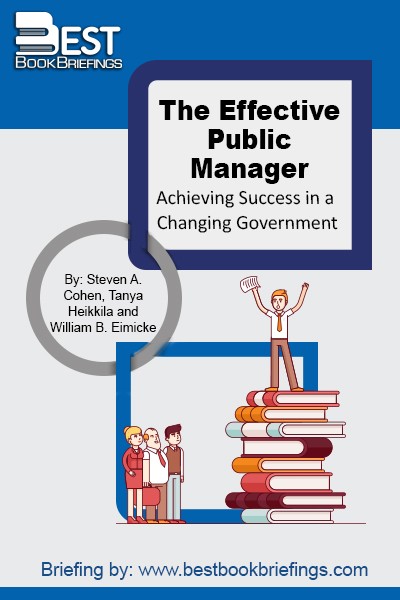
The Effective Public Manager offers public administrators and students a classic resource and a highly-accessible guide to the fundamentals of leading and managing public organizations. The authors cover the key areas of the field and present in-depth analysis through the strategic use of fresh case studies and real-world examples. The book

